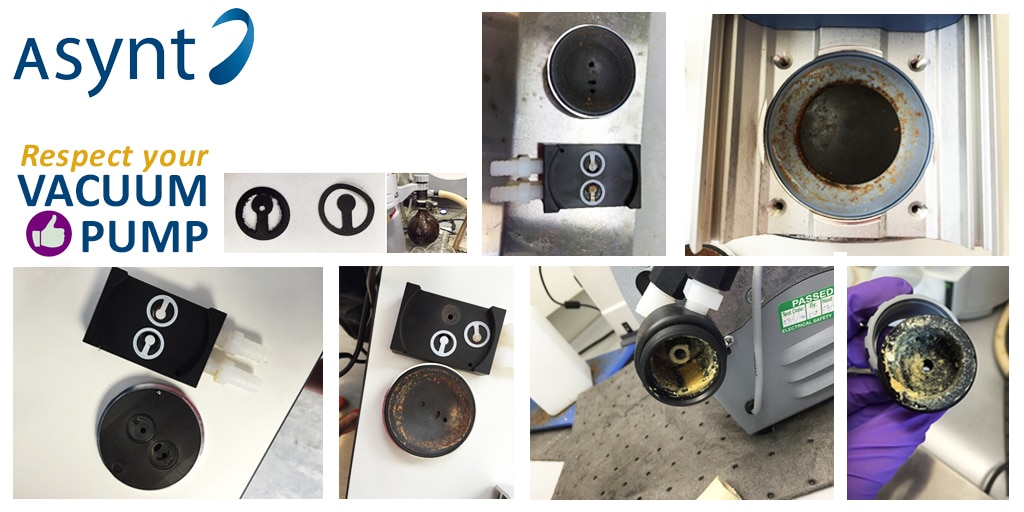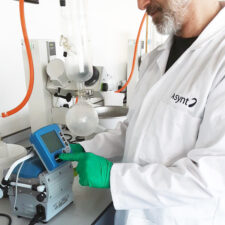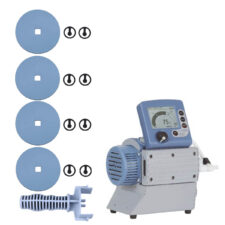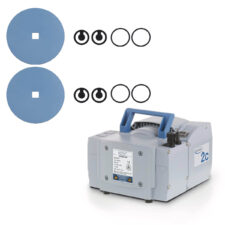In many cases, vacuum pumps are the main workhorses for a multitude of applications in the laboratory. Unfortunately, however, they are often exposed to chemical vapours that can lead to the requirement for maintenance. This is most often the case with oil and rotary vane pumps.
So, we can regularly change the oil in these vacuum pumps, but we could also look at an alternative diaphragm pumps especially when required for rotary evaporators, filtration and aspiration. There are always going to be cases when we do require the higher vacuum (freeze dryers and Schlenk lines) but the tips below will also help with their maintenance.
- Always read the manual. If you can’t locate the manual, most are available to download online.
- Allow the pump to run for 30 minutes prior to connecting to your application. This way, fewer vapours will condense in the pump.
- Always keep the pump outlet clear. If the outlet is blocked it will cause the pump to stop and possibly over pressurise.
- Try and use a cold inlet trap to protect the pump. This reduces the vapour load and allows the pump to operate more effectively.
- Using the gas ballast, when working with condensable vapours, purges the system and allows condensates to be pushed through the pump.
- Especially when using an oil pump, consider using an inline oil filter to extend the lifetime of the oil.
- After you’ve finished using your vacuum pump, allow it to keep running to purge solvents from the pump. It is recommended that you open the gas ballast for at least 20 minutes at the end of use.
- Stay away from orange tubing. Orange tubing flakes off over time and gets taken into the pump blocking the flapper valves and diaphragms.
- Always empty the inlet and outlet catch pots.
Daily Vacuum Pump Instructions:
- Turn on and warm up the pump for 30 minutes before use.
- Check the condenser light has turned green (if applicable)
- Every evening, turn off the pump and empty the catch pots. Never leave solvent in the pots when the pump is not running
Weekly Pump Instructions
- As above
- Open furthest tap and run with air through the pump for 5 minutes.
- Follow the above steps before a prolonged shut-down for example during a holiday period.
Monthly Pump Instructions
- As above
- Shut gas ballast cap
- Check ultimate vacuum of pump with accurate vacuum gauge (1 mbar resolution or better). The pump should read at or better than 10 mbar above the stated vacuum level of the pump. If the pump is more than 15 mbar above the vacuum level of the pump then inform a technician. DO NOT use the pump until remedial action has been taken. Inform a technician if the pump becomes noisy.
We hope that you’ve found this guide useful and informative but don’t forget that we can supply maintenance kits for your vacuum pump, and can offer servicing too!
Blog written by Dr Kerry Elgie.








